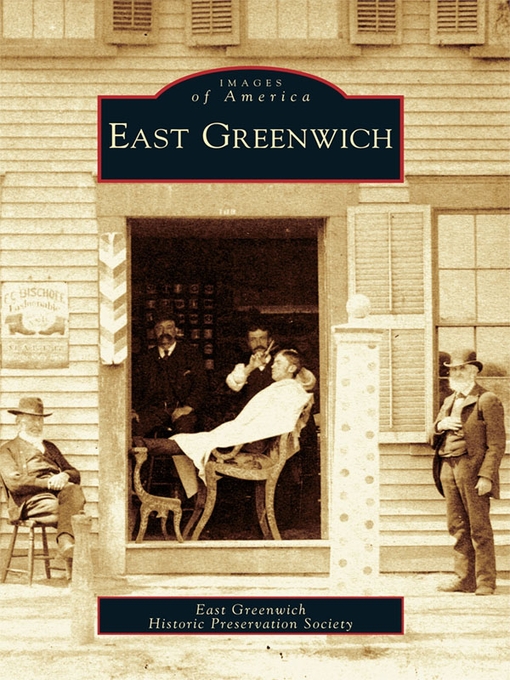East Greenwich, the eighth-oldest town in the state, was named for the original Greenwich in Kent County, England. The eastern edge rests on the Narragansett Bay, and the western land gracefully rises up four picturesque hills. Originally owned by the Narragansett Indians, the territory was acquired by King Charles II in 1644. It was incorporated as a town on October 13, 1677, when the Rhode Island General Assembly granted land to men who served during King Philip's War. The town's sheltered cove nurtured a thriving seaport community, and successful boatbuilding, rope making, and fishing industries emerged. Inhabitants of the western part of the village focused on farming, and a prosperous textile industry lasted until the end of World War II.
- Read a Classic You Missed...
- Scifi Absolute Classics
- Contemporary Romantic Comedy
- If you like Danielle Steel, try these!
- If you like John Grisham
- Michael Connelly alike ebooks
- Fairy Tale, Myth, and The Hero's Journey
- New eBook additions
- Always Available Classics
- Invention, Innovation, and Inquisitiveness
- National Book Award Longlist ebooks
- And the Prize Goes to....
- Graphic Novels - they're not just for teens and children
- See all
- Full-cast recordings
- Get Your True Crime Fix
- Find and Listen to a Classic That You Missed...
- Read by a Celeb
- Listen to a New Series
- If you like Danielle Steel, Try These!
- Michael Connelly alike audiobooks
- If you like Stephen King...
- Fantasy here!
- New Audiobook Additions
- Audio available now
- Audiobooks with Great Narration
- Top Audiobook Narrators
- See all

